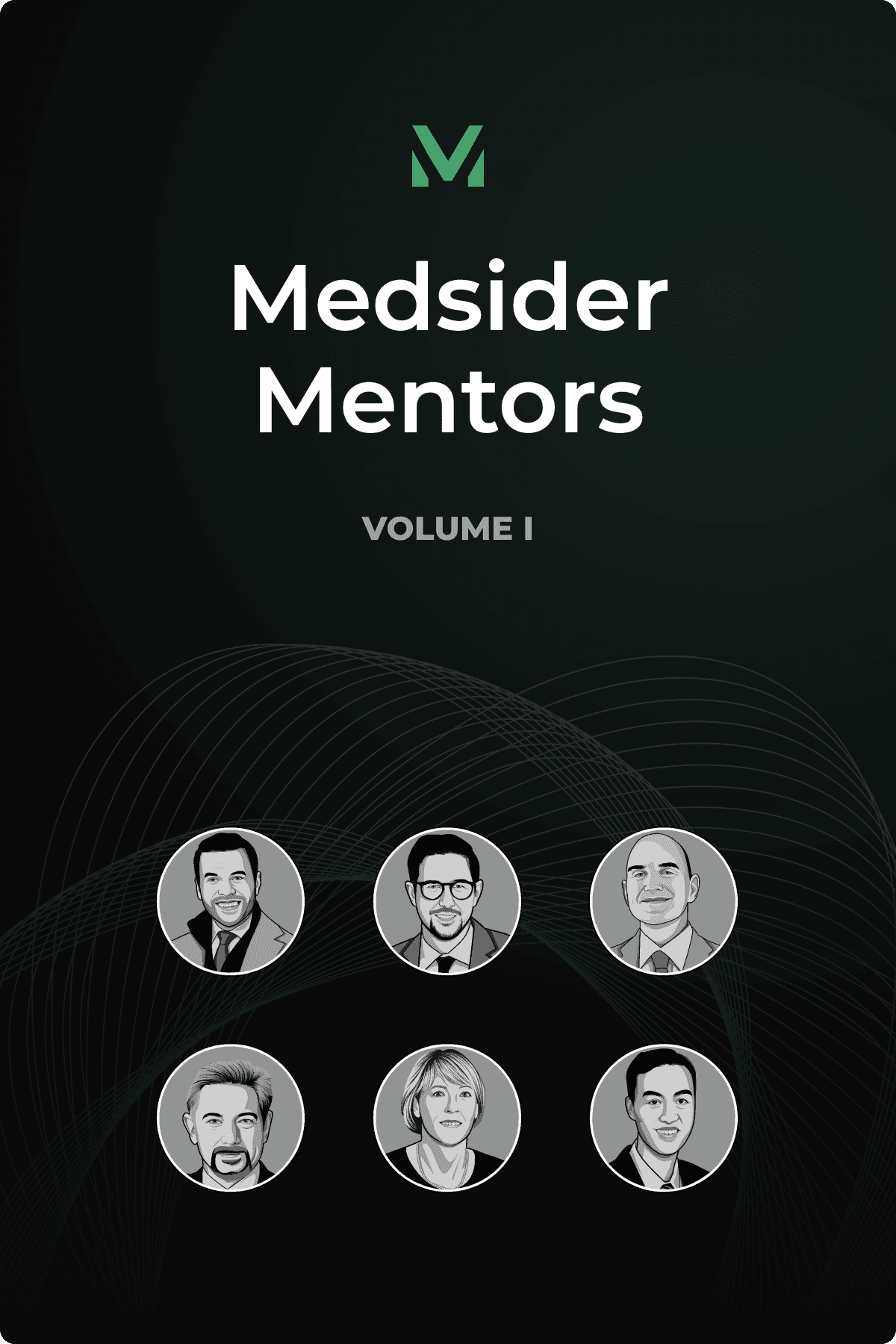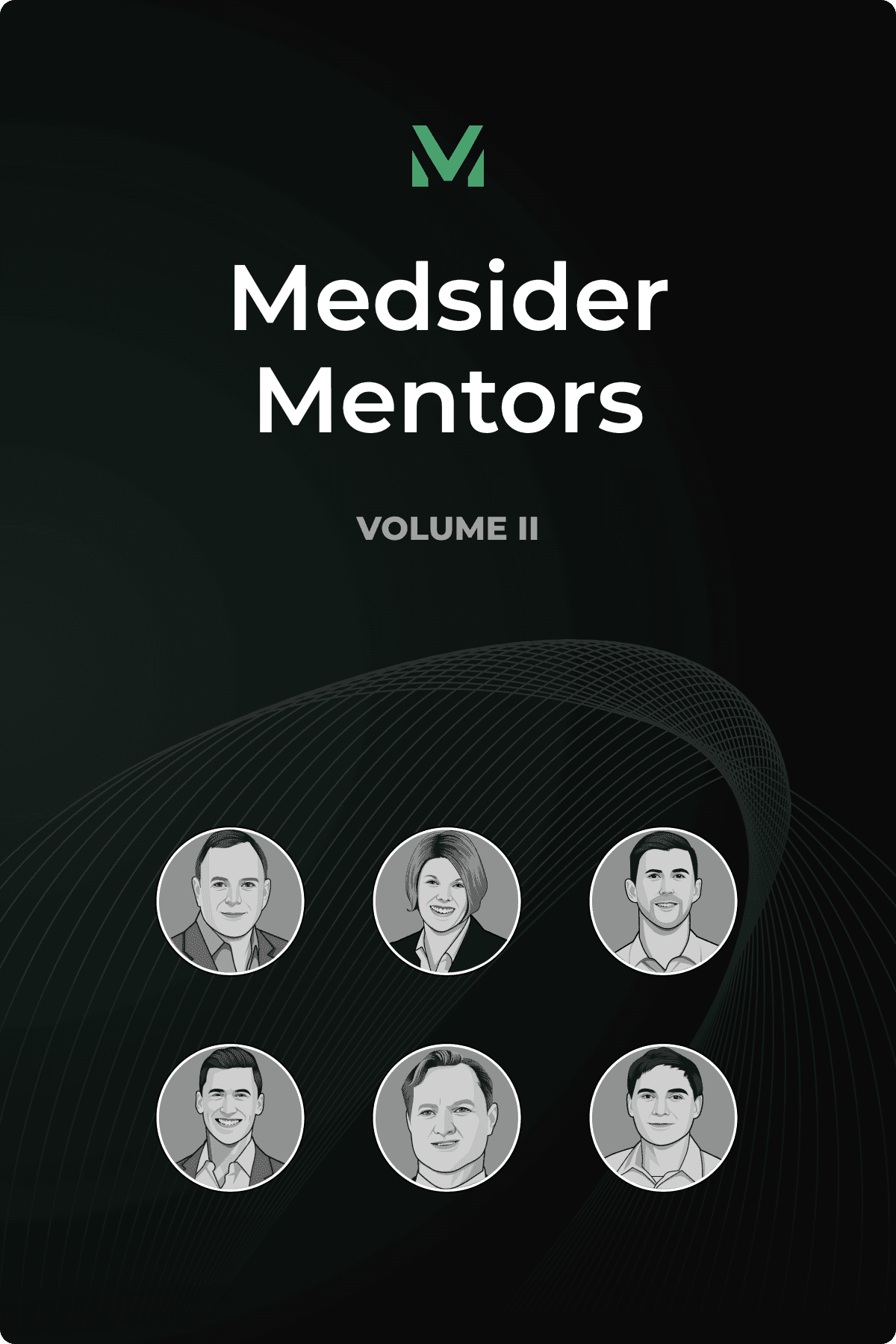How to Get Users to Fall in Love with Your Product
Interview with SafKan Health CEO Sahil Diwan

Sahil Diwan, CEO of SafKan Health, is an ambitious entrepreneur who was part of the youngest team to ever receive 510(k) clearance for a medical device. Funding his first business at the age of 16, he’s now at the helm of SafKan Health, bringing relief to impacted earwax with their automated ear cleaning device - OtoSet.
As a first-generation immigrant, Sahil grew up acutely aware of the sacrifices made for his opportunities in life. He says, “You really have this concept of return on investment just hardwired into you.” Motivated to do something big, Sahil taught himself to code at sixteen. Successively, he launched his first startup, Lunch Money, building websites and apps for small businesses. Even then, his goal was to use technology to create value and self-sufficiency, "Our goal was to make enough money to be able to go out and have cool lunches with our friends."
Working part-time at Hollister as a teenager, Sahil quickly realized the limitations of a traditional job. He was earning about $30 a day, limited by the number of hours he could work as a minor. Meanwhile, he was also dabbling in web development on the side, which was proving far more lucrative, with clients paying thousands of dollars for his services. This is when it dawned on him that if he wanted to go big, it had to be with his own company.
His college years in computer science at the University of Oregon further sharpened both his technical skills and business savvy. He co-launched a SaaS startup, a platform for matching actors with auditions. He recalls with a chuckle, “It failed miserably, but I learned a ton. I called that my MBA.”
Upon graduation, as Sahil pursued a post-college career, his brother Aadil — studying biomedical engineering at the time — suffered from impacted earwax since childhood. The family thought Aadil was just producing too much earwax, which was correct, to some extent, but they later realized that he needed regular medical attention to remove the wax from his ear canal every month or so.
Impacted earwax, or cerumen impaction, is a condition where too much earwax builds up in the ear canal, causing hearing loss and other complications like pain, infection, tinnitus, and vertigo. Sahil shares the prevalence of this issue, “It affects one in 10 children, one in 20 healthy adults, and one in three people over the age of 65. That translates to about 35 million people in the US and over 800 million people around the world.” Ear wax also damages hearing aids, which people spend thousands of dollars to repair every year. Although the condition affects millions of people, it is surprisingly underserved. This sparked the brothers' entrepreneurial spirit to develop OtoSet, the first FDA-cleared automated ear-cleaning device.
The initial days of the device were humble. The brothers did not have a sophisticated R&D lab. They started in a dorm where Sahil would sleep on a cot in the closet, making prototypes with a 3D printer. Their dedication paid off when SafKan Health secured a spot in the Dreamit HealthTech accelerator, leading to seed funding and eventual FDA clearance.
OtoSet combines irrigation and micro-suction technology to remove earwax. For now, it’s designed to be used by medical assistants. By automating what has traditionally been a manual and sometimes uncomfortable process, OtoSet takes a significant burden off of primary care providers. Sahil says, “Our customers are now able to significantly reduce referrals out to specialists.”
Sahil's story is not just one of technological triumph but also of a mission to democratize healthcare. "Starting this company has given me the focus on creating greater access to healthcare," he shares. His vision for the consumerization of healthcare is inspiring as the company aims to empower individuals to proactively manage their health. In Sahil’s words, “We're really interested in advancing clinical care, but also making healthcare more consumer-friendly. We want to help people manage their health at home, especially now that the COVID-19 pandemic has changed how we all think about healthcare.”
SafKan Health is dedicated, energetic, and focused on making an impact. With a nod to giants in dental care, Sahil ambitiously states, "Our goal is to do for ears what companies like Sonicare and Oral B did for teeth." With an eye on the future, the team is not only developing a home-use version of OtoSet but also exploring a pediatric version to broaden their impact and make ear care accessible to all.
Key Learnings From Sahil’s Experience
Design is about so much more than just looks; it shapes how people see your product, how they use it, and even how they feel about it. Aim to craft something that’s not just easy on the eyes, but also easy to use, avoiding complex features that could overwhelm your users.
Facing FDA's rigorous guidelines shouldn’t be considered a regulatory hoop to jump through. Getting actively involved in the process, with a top-notch consultant by your side, can lead to some key learnings you may not have otherwise anticipated.
Building a solid business foundation is often more challenging than raising capital. Managing a medtech startup involves juggling market demand, product refinement, and team-building, all the while balancing day-to-day operations. When you zero in on the fundamentals, funding gets a lot easier.
You May Like These Articles
Medsider Premium
Become a premium member and unlock access to exclusive Medsider benefits.



